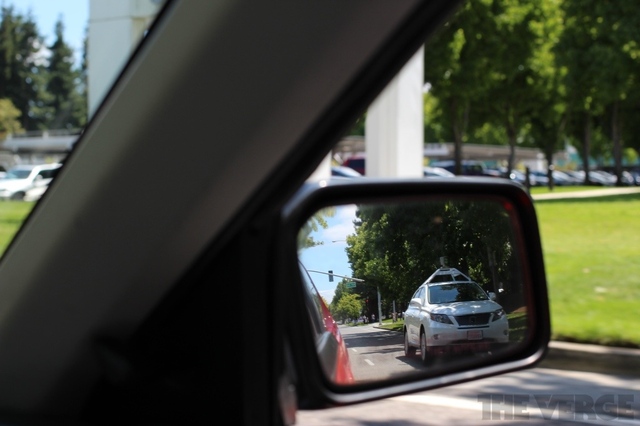This year there will be robotic cars on the roads of Great Britain

British
In the US, such cars are already allowed in some states (and not for the test, but in a general sense). In the same California, autonomously controlled cars can appear on public roads without any problems. In addition to California, the same situation in the states of Florida, Nevada, possibly Michigan, in the near future. The National Highway Traffic Safety Administration (NHTSA) is urging other states to allow autonomous cars.
')
Car makers, realizing that such cars may well become a common mode of transport in the near future, create their own models. Nissan, Audi, Toyota have already presented their own cars that can move on the roads without human intervention. The pioneers in this area were Google, whose representatives believe that commercial use of the new type of transport will begin in 3-5 years.
Now the autonomous vehicle control system is mainly not used for full “autopilot”. Automakers so far consider autonomy only as a fallback when something goes wrong with the participation of a human driver. If something happens (well, for example, the driver fell asleep, or is bad for him, or lost control for another reason), the computer takes control, and tries to eliminate the dangerous situation.
Perhaps in the future, with the emergence on the roads of a large number of "smart" cars, the latter will be able to exchange data, which will make driving on the road almost safe.
Via theverge
Source: https://habr.com/ru/post/186890/
All Articles